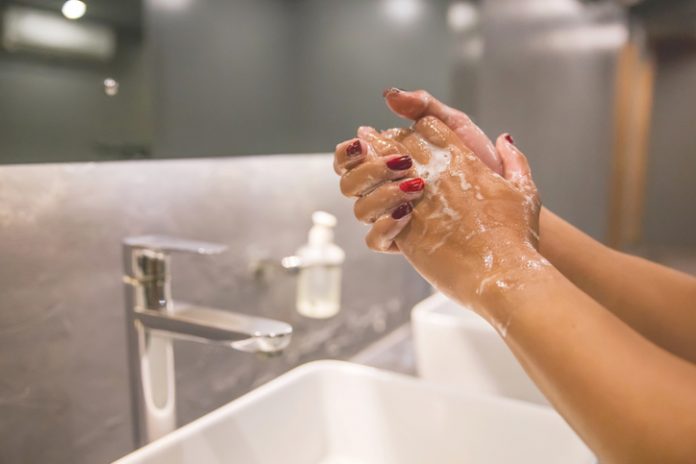
For decades, it was fashionable for many traditional South Korean homes to have a sink installed next to the front door. This allowed guests to wash their hands before entering the house and again after leaving. The goal was to help ensure visitors did not bring any soil or germs into the home. The second washing was to do just the opposite—to make sure they did not take any with them. But in recent years, these front door sinks lost their fashionable status and have been disappearing. Further, no one was using them any longer.
That was back in the pre-COVID-19 days, just a few months ago. Suddenly, sinks near entrances are back in fashion and demand. What is more, some commercial properties, including hotel properties, are giving them a second look.
Installing more sinks in common areas so that guests can wash their hands with soap and water has never been more necessary. Further, it may be one more step hotel properties can take to keep their public restrooms cleaner, their guests healthier, and their doors open.
This is just the beginning—hotels are reexamining the entire public restroom experience to see what changes they need to make to help promote health and safety. At the top of the list is eliminating anything that needs to be touched.
“For more than two decades, there has been a focus on making restrooms touchless,” says Klaus Reichardt, CEO and founder of Waterless Co., Inc., manufacturers of no-water urinals and other restroom products. “But now, we will see that jump exponentially.”
Additionally, Reichardt says the industry may find the following changes in post-COVID hotel restrooms.
Doors
Many public restroom doors will be removed entirely to eliminate the touching of doors, and replaced with curved hallways that are common in airports or two doors—one to enter and one to leave—that are both opened and closed automatically.
However, this does not address another issue: social distancing. What if the restroom has several people waiting inside to use the lavatory? To prevent this, washrooms may have electronic counters installed, allowing only so many people inside at one time. As one person leaves, a green light at the entry door will communicate that the next person may enter.
Surfaces
Virtually all surfaces—floors, counters, and wall coverings—will be solid surfaces. This means tiles will be out. The reason is not that tiles may harbor pathogens, but that solid surfaces tend to be much easier to keep clean. Replacing tiles will be quartz or other man-made surface coverings. In higher-end properties, marble or granite may replace tiles.
Spacing
Busy convention hotels have often included as many restroom fixtures as legally possible. One of the few regulations these properties must follow is that each non-ADA toilet stall must be at least 60 inches in width. There are fewer such requirements for sinks or urinals. In a post-COVID world, hotel guests will want more space between these fixtures. Expect urinals to be further apart with partitions installed. Sinks will also be further apart. Fixture spacing means added privacy and added safety.
Plume Controls
“Plume is what happens when a toilet or a water-using urinal is flushed,” says Reichardt. “It’s always been an issue, but it’s even more of a concern now due to COVID.”
When a urinal or toilet is flushed, pathogens can become airborne. If inhaled, which now appears to be the main way COVID circulates, they may spread infection.
To help eliminate this, many commercial and hotel properties are turning to waterless urinals. “There is no flushing with these urinals, nor is there any splatter, which can also release pathogens into the air,” adds Reichardt.
As for toilets, the industry may see a return of toilet lids. Lids were removed from commercial toilets years ago to help reduce costs and cleaning needs. However, they did provide a service—with lids closed, much of the plume is blocked, helping to control the amount released into the air.
“In the past, hotel restrooms were designed primarily with décor in mind, to enhance the look of the property,” says Reichardt. “But now they are being re-created and re-envisioned so that they are both stylish and remind guests, this hotel is doing its part to keep hotel users safe and healthy.”











